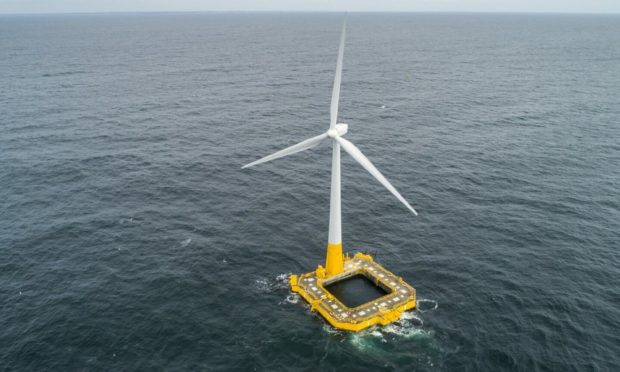North Sea firm Orcadian Energy enjoyed its debut on the London Stock Exchange’s junior market having raised £3 million.
Orcadian, formerly Pharis Energy, was admitted to the AIM Market yesterday under the ticker ORCA.
Based on the placing price of 40p, company achieved a market capitalisation of £25.5m.
Steve Brown, chief executive of Orcadian, said: “Our admission to AIM is an important next step in Orcadian’s development. We look forward to welcoming our new shareholders and providing updates as our work programme advances.”
Funds raised from the listing will go towards progressing the firm’s 80million barrel Pilot project field development plan.
It has estimated the cost to achieve first production from the Pilot fields is $1bn (£724.2m)
On top of listing on AIM, Orcadian also revealed it has lodged proposals to install a floating wind turbine at its its 100%-owned North Sea field in order to reduce emissions.
In order to push forward with the plan, an addendum to the project’s concept select report has been filed with regulator the Oil and Gas Authority (OGA).
It also includes a revision to the agreed work programme, designed to further reduce the emissions intensity of Pilot, which is about 90 miles east of Aberdeen.
Orcadian, which was founded in 2014, said the new concept delivers a “significant improvement” in “process heat management” and “power generation efficiency”.
Taken with the floating turbine, it has the potential to reduce expected scope one emissions from the project by more than 80%, according to a review by Crondall Energy.
Using offshore renewables to power oil and gas assets is becoming an increasing focus for many companies, as the sector tries to reduce its operational carbon emissions.
Equinor is leading the way with its Hywind Tampen floating wind farm, which will power the nearby Snorre and Gullfaks fields.
Privately-owned Orcadian revealed plans earlier this year to ditch its idea to tap Pilot using an innovative “steam flood” method.
Instead, the company is exploring using a polymer flood scheme, outlined in its OGA concept select report.
Such a method was used successfully in the past by Chevron at the Catcher field.
At the time, Mr Brown said a polymer flood would use up less energy, cost less and emit less carbon dioxide than a steam flood.
The London-headquartered firm is proposing to develop Pilot using a dedicated floating production, storage and offloading (FPSO) vessel, as well as two well head platforms.
The next step for Orcadian is to secure development partners – either operators or an alliance of contractors – so that the project can deliver a fully financed field development plan to the OGA.

